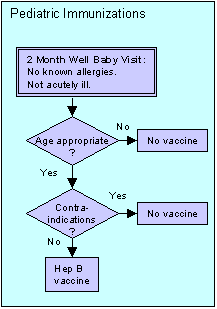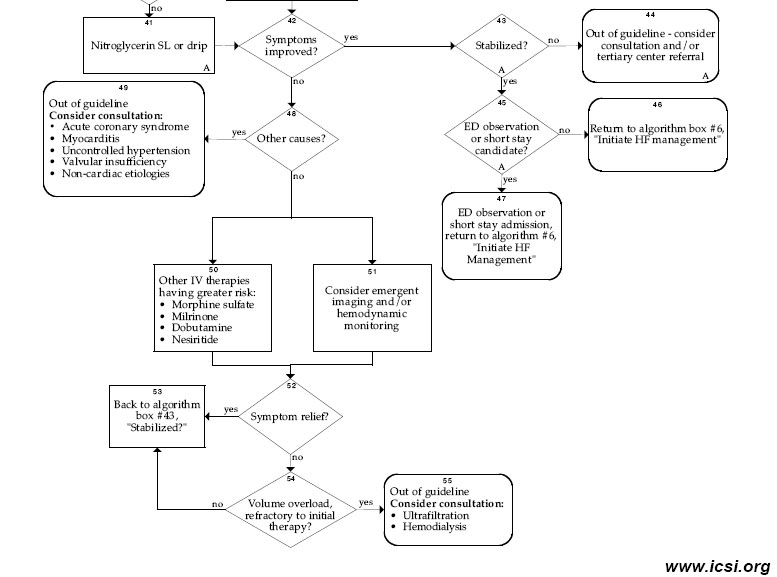Clinical Practice Guidelines
Clinical practice guidelines (CPGs) are defined by the Institute of Medicine as "systematically developed statements to assist practitioner and patient decisions about appropriate health care for specific clinical circumstances"

CPGs have an important potential to enable a new paradigm of clinical practice known as evidence-based medicine, which integrates best research evidence with clinical expertise and patient values. Despite a substantial level of interest, CPGs have yet to realize their potential to improve care quality because they have failed to influence clinician behavior significantly. One main reason for this is that most CPG content today is text-based (e.g., documents, PDFs, charts), which require the clinician to interrupt their workflow to locate, read, and process.
Research indicates that computer-based, patient-specific CPG content integrated
into the clinician's workflow may be an effective way of overcoming this
barrier to quality improvement.
Widespread distribution of computable CPG content that can be instantiated via clinical information system (CIS) functions is currently prevented by severe infrastructure challenges. Key among these challenges are lack of standards for representation of medical knowledge, and disparities among clinical information systems in the way that information is modeled and stored in the electronic medical record.
Solving this problem will require a simultaneous and integrated solution to three significant challenges in clinical informatics: 1) Creation, 2) Representation, and 3) Deployment of shared clinical knowledge in the form of computer-interpretable guidelines.

This is a small part of an Institute for Clinical Systems Improvement (ICSI) guideline for
Congestive Heart Failure in Adults [open guideline].
